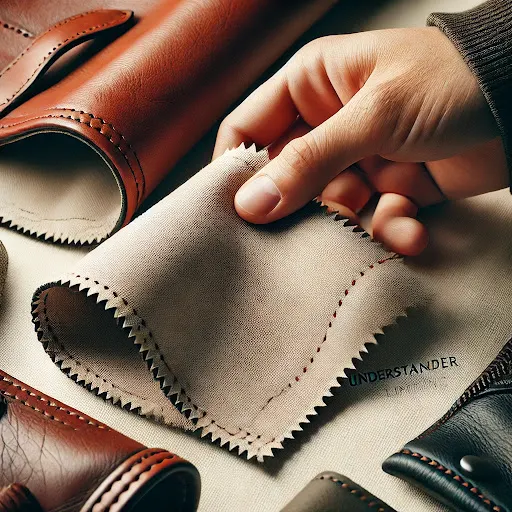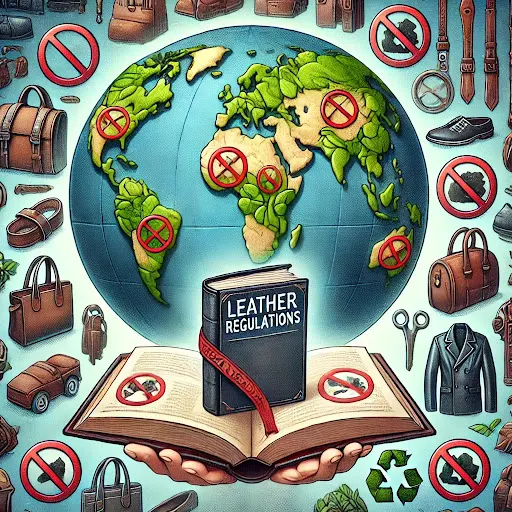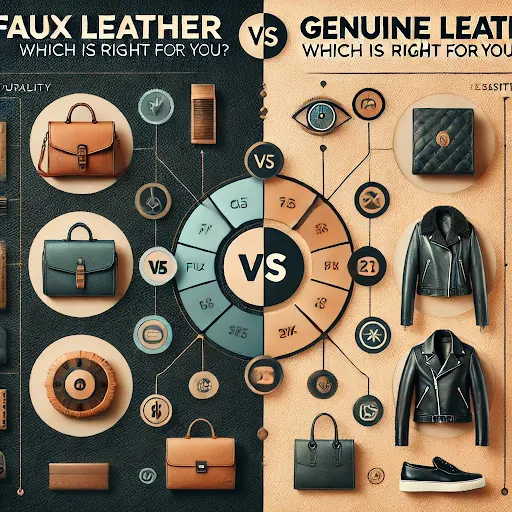Buffalo and goat hides are utilized in the leather industry to produce various types of products due to their unique characteristics. Different parts of the animal's body yield leather with distinct qualities, and the choice depends on the intended use of the final product.
Buffalo Leather:
Full Grain Buffalo Leather:
- Source: Typically sourced from the back or upper portions of the buffalo hide.
- Characteristics: Full grain buffalo leather retains the natural markings and texture of the animal. It is durable, thick, and has a rugged appearance.
- Common Use: Heavy-duty items like work boots, belts, and rugged accessories.
Buffalo Split Leather:
- Source: The lower layers of the buffalo hide.
- Characteristics: Split leather is thinner and less durable than full grain. It is often processed and embossed to mimic the appearance of top grain leather.
- Common Use: Upholstery, fashion items, and accessories.
Goat Leather:
Kid Leather:
- Source: Obtained from young goats.
- Characteristics: Kid leather is soft, lightweight, and has a fine grain. It is known for its luxurious feel.
- Common Use: High-end gloves, fine garments, and delicate accessories.
Goat Nappa Leather:
- Source: Sourced from the upper layers of the goat hide.
- Characteristics: Nappa leather is soft, supple, and often used for high-quality leather goods. It has a smooth surface and is known for its natural luster.
- Common Use: Premium handbags, wallets, and luxury accessories.
Goat Suede:
- Source: The underside of the goat hide.
- Characteristics: Suede is soft, with a velvety texture. It is less durable than full grain leather but is valued for its tactile appeal.
- Common Use: Shoes, garments, and accessories where a soft touch is desired.
Understanding the characteristics of different parts of the buffalo and goat hides allows manufacturers to tailor the leather to the specific requirements of various products. The choice of leather type influences the final appearance, feel, and durability of items in the fashion, accessory, and upholstery industries



















